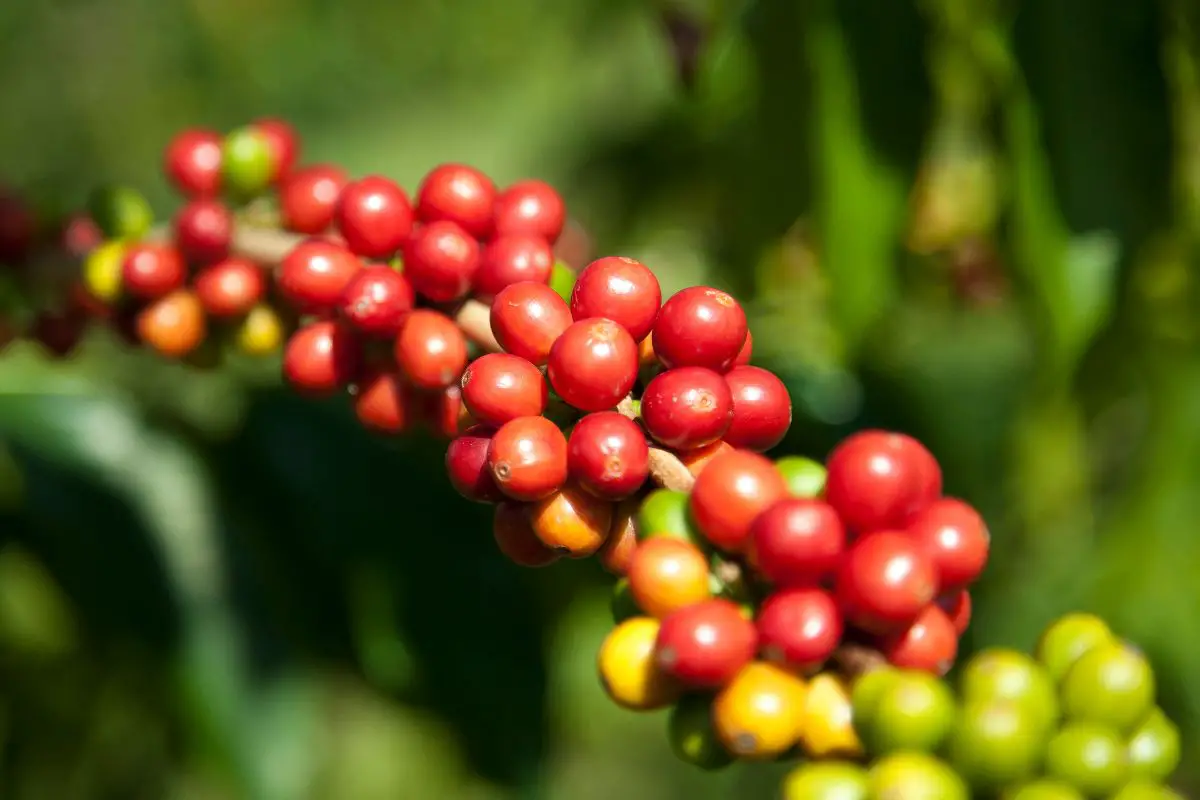As a serious coffee lover, you want to brew the tastiest coffee possible. The quality of the coffee beans you use largely determines the kind of coffee you will brew. If you are searching for top-quality coffee, you are likely to come across Kona coffee as the most recommended option. But why is Kona coffee rated as one of the best coffees? What is so special about Kona coffee? Read on to find out.

What is Kona Coffee?
Kona coffee is a unique type of coffee grown in a place known as Kona, Hawaii. The coffee is a Guatemalan Typica coffee bean, categorized under Arabica coffee. However, farmers are now introducing new strains of Kona coffee. Since it is exclusively grown in one area, it is one of the rarest coffees in the world.
Brief History of Kona Coffee
A horticulturist known as Don Francisco de Paul Marin was the first person to try growing coffee in Hawaii in 1817. In 1828, Samuel Ruggles successfully introduced coffee to Hawaii Island. Back then, Hawaii was an exporter of sugar. Coffee was not among the major exports from the country at that time.
Once Ruggles planted the first-ever coffee trees in Kona, sugar plantations were replaced with coffee plantations. However, pests and bad weather destroyed most of the coffee in the 1850s. Hermann Widemann reintroduced coffee in Hawaii in 1892. He introduced a variety known as Guatemalan coffee, which is now known as Kona Typica. It is the most preferred coffee bean in Hawaii.
However, Kona Typica did not flourish in the coffee market immediately. In 1899, the global coffee market crashed, causing a major drop in coffee prices as a result of oversupply. As a result, sugar regained popularity.
By WWII, there was an increase in demand for coffee. Consequently, coffee farming resumed in Hawaii. Hawaii experienced record coffee sales in the 1960s. Although the popularity of coffee declined and rose severally from the 1970s to the 1980s, Kona coffee emerged as one of the best coffees. Today, Kona coffee is certified to prove its legitimacy to avoid cheap coffee being resold as pure Kona coffee.
What Is So Special About Kona Coffee?
Kona coffee differs from other coffees in the way it is grown and produced. It is a rare, specialty coffee. Kona coffee farms are specifically found in a Hawaii region known as the Kona Coffee Belt, situated on the Hualalai and Mauna Loa volcanoes in the South and North districts.
These mountainous areas of Hawaii have rich volcanic soil, which is full of manganese, phosphates, iron, and nitrates. These nutrients promote healthy coffee growth. Volcanic soil is new earth that has recently erupted from the ground. As a result, it offers a rich concentration of minerals and nutrients that coffee seedlings require to thrive.
Also, coffee beans require the sun to thrive. The western area of the Kona region gets sufficient sun that makes the plant thrive. Mild nights and sunny mornings are typical, with rainy afternoons. The daily cloud cover and the western slopes in Kona offer coffee plants sufficient shade that protects them from excessive solar heat.
Additionally, the western slopes offer superior drainage for coffee growing. Coffee plants do not flood since the rainwater flows effortlessly down the slopes. Moreover, the farms sit at an altitude of 3,000 feet at most. With such land inclines, Kona coffee plants thrive to produce tasty coffee beans.
Also, farmers pick the coffee cherries from the bushes with care. The coffee is harvested in Hawaii from August to December. The beans are strictly hand-picked and put into waiting baskets. Next, they are put into a milling machine to get rid of the outer skin.
The exposed beans are carefully washed with fresh water. Thereafter, they are put in fermentation tanks for about 24 hours at elevations higher than the Kona Mountains or about 12 hours at lower elevations. The beans are air-dried after fermentation.
When dry, the beans still have a stiff layer of skin known as parchment. They are milled and polished to remove the parchment. Next, the beans are roasted.
Since Kona coffee is grown, harvested, and processed with care, the result is high-quality coffee beans.